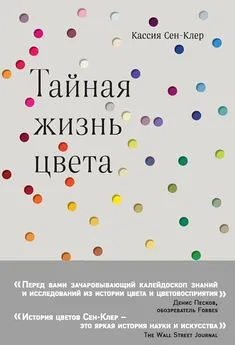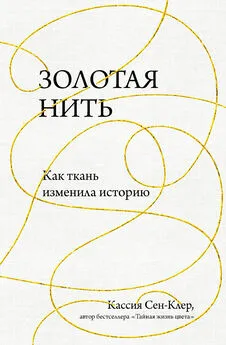Кассия Сен-Клер - Золотая нить. Как ткань изменила историю [litres]
- Название:Золотая нить. Как ткань изменила историю [litres]
- Автор:
- Жанр:
- Издательство:Литагент 5 редакция «БОМБОРА»
- Год:2020
- Город:Москва
- ISBN:978-5-04-102141-2
- Рейтинг:
- Избранное:Добавить в избранное
-
Отзывы:
-
Ваша оценка:
Кассия Сен-Клер - Золотая нить. Как ткань изменила историю [litres] краткое содержание
Ткани – натуральные и искусственные – меняли, определяли, двигали вперед мир, в котором мы живем, и придавали ему форму. Позволили создать невероятные вещи и выжить в нечеловеческих условиях. И эта книга расскажет вам, как это произошло и почему:
• от ярких нитей, чей возраст более 30 000 лет, найденных на полу пещеры в Грузии, до истинного значения льняных покровов мумии Тутанхамона;
• от Великого шелкового пути до шерстяных парусов, которые помогли викингам достичь Америки за 700 лет до Колумба;
• от пышных кружевных воротников, приводивших в ярость пуритан, до индийских коленкоров и ситцев, двигателей промышленной революции.
Золотая нить. Как ткань изменила историю [litres] - читать онлайн бесплатно ознакомительный отрывок
Интервал:
Закладка:
Vogt, Yngve, «Norwegian Vikings Purchased Silk from Persia», Apollon , 2013 [accessed 31 July 2017]
Vollrath, Fritz, «Follow-up Queries», 14 February 2017
Vollrath, Fritz, «The Complexity of Silk under the Spotlight of Synthetic Biology», Biochemical Society Transactions , 44 (2016), 1151–7
Vollrath, Fritz, and Selden, Paul, «The Role of Behavior in the Evolution of Spiders, Silks, and Webs», Annual Review of Ecology, Evolution, and Systematics , 38 (2007), 819–46
Vollrath, Fritz, Zoology Professor, University of Oxford, Skype interview with author, February 2017
Wade, Nicholas, «Why Humans and Their Fur Parted Ways», New York Times , 19 August 2003, section News, p. F1
Walker, Annabel, Aurel Stein: Pioneer of the Silk Road (London: John Murray, 1995)
Walmsley, Roy, World Prison Population List, Eleventh Edition (Institute for Criminal Policy Research, October 2015)
Walton Rogers, Penelope, Textile Production at 16–22 Coppergate , The Archaeology of York: The Small Finds (York: Council for British Archaeology, 1997), xvii
Wardle, Patricia, «Seventeenth-Century Black Silk Lace in the Rijksmuseum», Bulletin van Het Rijksmuseum , 33 (1985), 207–25
Wayland Barber, Elizabeth, Prehistoric Textiles: The Development of Cloth in the Neolithic and Bronze Ages (Princeton: Princeton University Press, 1991)
Wayland Barber, Elizabeth, Women’s Work: The First 20,000 Years. Women, Cloth, and Society in Early Times (New York: W. W. Norton, 1995)
Weber, Caroline, «“Jeans: A Cultural History of an American Icon”, by James Sullivan – New York Times Book Review», New York Times , 20 August 2006, section Sunday Book Review, p. 77
Werness, Hope B., The Continuum Encyclopedia of Native Art: Worldview, Symbolism & Culture in Africa, Oceania & Native North America (New York: Continuum International, 2000)
«What Is a Spacesuit», NASA, 2014
«What Lies Beneath?», The Economist , 8 August 2015 [accessed 13 May 2018]
What to Wear in Antarctica? , Scott Expedition
Wheelock, Arthur K., Vermeer: The Complete Works (New York: Harry N. Abrams, 1997)
«When the Gokstad Ship Was Found», UiO: Museum of Cultural History, 2016 [accessed 27 October 2017]
White, Shane, and White, Graham, «Slave Clothing and African-American Culture in the Eighteenth and Nineteenth Centuries», Past & Present , 1995, 149–86
«Why Do Swimmers Break More Records than Runners?», BBC News, 13 August 2016, section Magazine [accessed 10 January 2018]
Widmaier, Dan, «Spider Silk: How We Cracked One of Nature’s Toughest Puzzles», Medium , 2015 [accessed 6 December 2016]
Widmaier, Dan, Co-Founder and CEO of Bolt Threads, phone call with author on 17 February 2017
Wigmore, Tim, «Sport’s Gender Pay Gap: Why Are Women Still Paid Less than Men?», New Statesman , 5 August 2016 [accessed 11 January 2018]
Wilder, Shawn M., Rypstra, Ann L., and Elgar, Mark A., «The Importance of Ecological and Phylogenetic Conditions for the Occurrence and Frequency of Sexual Cannibalism», Annual Review of Ecology, Evolution, and Systematics , 40 (2009), 21–39
William of Newburgh, History , I [accessed 19 May 2017]
Wayland Barber, Elizabeth, History , II [accessed 4 May 2017]
William of St Thierry, «A Description of Clairvaux, C. 1143» [accessed 19 May 2017]
Williams, Wythe, «Miss Norelius and Borg Set World’s Records in Winning Olympic Swimming Titles», New York Times , 7 August 1928, p. 15
Williamson, George C., Lady Anne Clifford, Countess of Dorset, Pembroke & Montgomery 1590–1676. Her Life, Letters and Work (Kendal: Titus Wilson & Son, 1922)
Wilson, Eric, «Swimsuit for the Olympics Is a New Skin for the Big Dip», New York Times , 13 February 2008, section Sports, p. D4
Wolfe, Tom, «Funky Chic», Rolling Stone , 3 January 1974, pp. 37–9
Wood, Diana, Medieval Economic Thought (Cambridge: Cambridge University Press, 2002)
Woolf, Jake, «The Original Nike Flyknit Is Back In Its Best Colorway», GQ , 2017 [accessed 9 January 2018]
«Woollen Sailcloth», Viking Ship Museum [accessed 12 October 2017]
Xinru, Liu, «Silks and Religions in Eurasia, C. II. 600–1200», Journal of World History , 6 (1995), 25–48
Yin, Steph, «People Have Been Dyeing Fabric Indigo Blue for 6,000 Years», New York Times , 20 September 2016, section Science, p. D2
Young, Amanda, Spacesuits: The Smithsonian National Air and Space Museum Collection (Brooklyn: Powerhouse, 2009)
Young, David C., A Brief History of the Olympic Games (Malden: Blackwell, 2004)
Yu, Ying-shih, Trade and Expansion in Han China: A Study in the Structure of Sino-Barbarian Economic Relations (Berkeley: University of California, 1967)
Zhang, Peter, and Jie, Chen, «Court Ladies Preparing Newly Woven Silk», 25 October 2015
[accessed 4 August2017]
Zinn, Howard, «The Real Christopher Columbus», Jacobin Magazine , 2014 [accessed 26 November 2017]
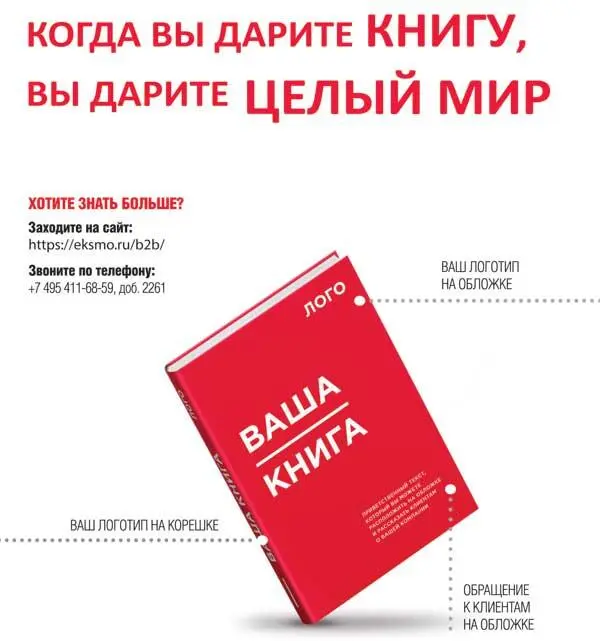
Примечания
1
Wayland Barber, Prehistoric Textiles , p. 4.
2
Muldrew, 498–526; Hobsbawm, p. 34; Riello and Parthasarathi, The Spinning World , pp. 1–2.
3
Quoted in, Levey, Lace: A History , p. 12; A. Hume, «Spinning and Weaving: Their Influence on Popular Language and Literature», Ulster Journal of Archaeology , 5 (1857), 93–110 (p. 102); J.G.N., «Memoir of Henry, the Last Fitz-Alan Earl of Arundel», The Gentleman’s Magazine , December 1833, p.213 .
4
Wayland Barber, Prehistoric Textiles , p. 43; Keith, p. 500; Wayland Barber, Women’s Work , pp. 33–35.
5
В качестве великолепных дискуссий по поводу прядения, ткачества и используемых при этом инструментов я рекомендую Wayland Barber, Women’s Work , pp. 34–37; Albers, pp. 1–2.
6
Ryder, «The Origin of Spinning», p. 76; Keith, pp. 501–5022.
7
Умная колонка. – Прим. ред.
8
Wayland Barber, Prehistoric Textiles , p. xxii.
9
Dougherty, p. B4.
10
Dwyer, p. A19.
11
Handley.
12
«Summary Abstracts of the Rewards Bestowed by the Society,» p. 33; Petty, p. 260.
13
«Leeds Woollen Workers Petition».
14
Wayland Barber, Prehistoric Textiles , p. 102.
15
Homer, p. 13.
16
Vainker, p. 32; Pantelia; Kautalya, p.303.
17
Freud, p. 132.
18
Процитировано в Wayland Barber, Prehistoric Textiles , p. 287.
19
Vickery, «His and Hers», pp. 26–27.
20
Muldrew, pp. 507–508.
21
Kautalya, p. 303; Levey, pp. 17, 26.
22
«Most Bangladeshi Garment Workers Are Women»; Bajaj, p. A4.
23
Bar-Yosef et al., p. 335; Hirst.
24
Bar-Yosef et al., pp. 331, 338–340; Hirst.
25
Balter, p. 1329; Lavoie; Hirst.
26
Ссученных ( термин ). – Прим. ред.
27
Kvavadze et al., p. 1359.
28
Hirst; Kvavadze et al., p.1359.
29
Wayland Barber, quoted in Richard Harris.
30
Gilligan, pp. 21–22; An Individual’s Guide to Climatic Injury .
31
Существуют доказательства того, что наши тела могут акклиматизироваться и в долгосрочной перспективе даже адаптироваться к постоянно низким температурам. К примеру, у австралийских аборигенов, коренных жителей более холодных южных районов, развились несколько иные пропорции, которые помогают предупредить потерю тепла. Но даже такая адаптация дает весьма скудную защиту. Frankopan, pp. 48–49.
32
Kittler et al.
33
Авторы выдвигают теорию, что селекционное давление сильнее выразилось в женщинах, поэтому они менее волосатые. Они же утверждают, что волосы на лобке сохранились для того, чтобы помогать передавать феромоны, опять-таки делая нас более привлекательными для противоположного пола. Pagel and Bodmer; Wade, p. F1.
34
Gilligan, p. 23.
35
Существующие доказательства позволяют предположить, что люди получили контроль над огнем по крайней мере 800 000 лет тому назад. Gilligan, pp. 17, 32–37; Toups et al.
36
Считается, что лен с голубыми цветами дает лучшие лубяные волокна. Kemp and Vogelsang-Eastwood, p. 25; Lavoie. Самый ранний период одомашнивания льна приходится на V тысячелетие до н. э., и произошло это на территории современного Ирака. Wayland Barber, Prehistoric Textiles pp. 11–12.
37
Это другие лубяные волокна, они должны пройти через похожий процесс перед тем, как их можно будет использовать.
38
Wayland Barber, Prehistoric Textiles , p. 13; Kemp and Vogelsang-Eastwood, p. 25.
39
William F. Leggett, p. 4.
40
Wayland Barber, Prehistoric Textiles , p. 41.
41
Там же, p. 3.
42
Keith, p. 508; Wayland Barber, Prehistoric Textiles , p. 43.
43
Wayland Barber, Prehistoric Textiles , p. 83.
44
Интервал:
Закладка:
![Обложка книги Кассия Сен-Клер - Золотая нить. Как ткань изменила историю [litres]](/books/1150658/kassiya-sen.webp)

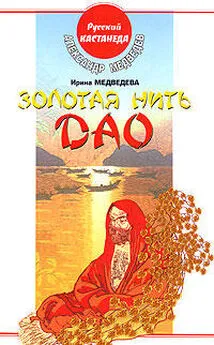
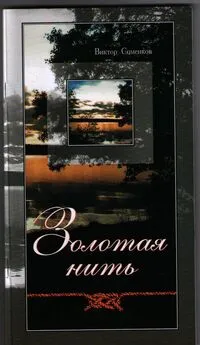
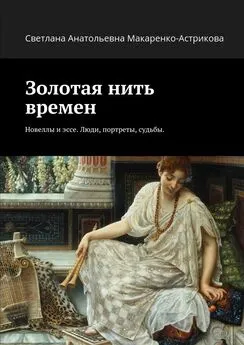
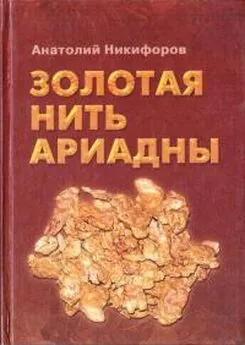
![Кассия Сен-Клер - Золотая нить. Как ткань изменила историю. [калибрятина]](/books/1069849/kassiya-sen.webp)
![Кассия Сен-Клер - Тайная жизнь цвета [litres]](/books/1074309/kassiya-sen-kler-tajnaya-zhizn-cveta-litres.webp)
